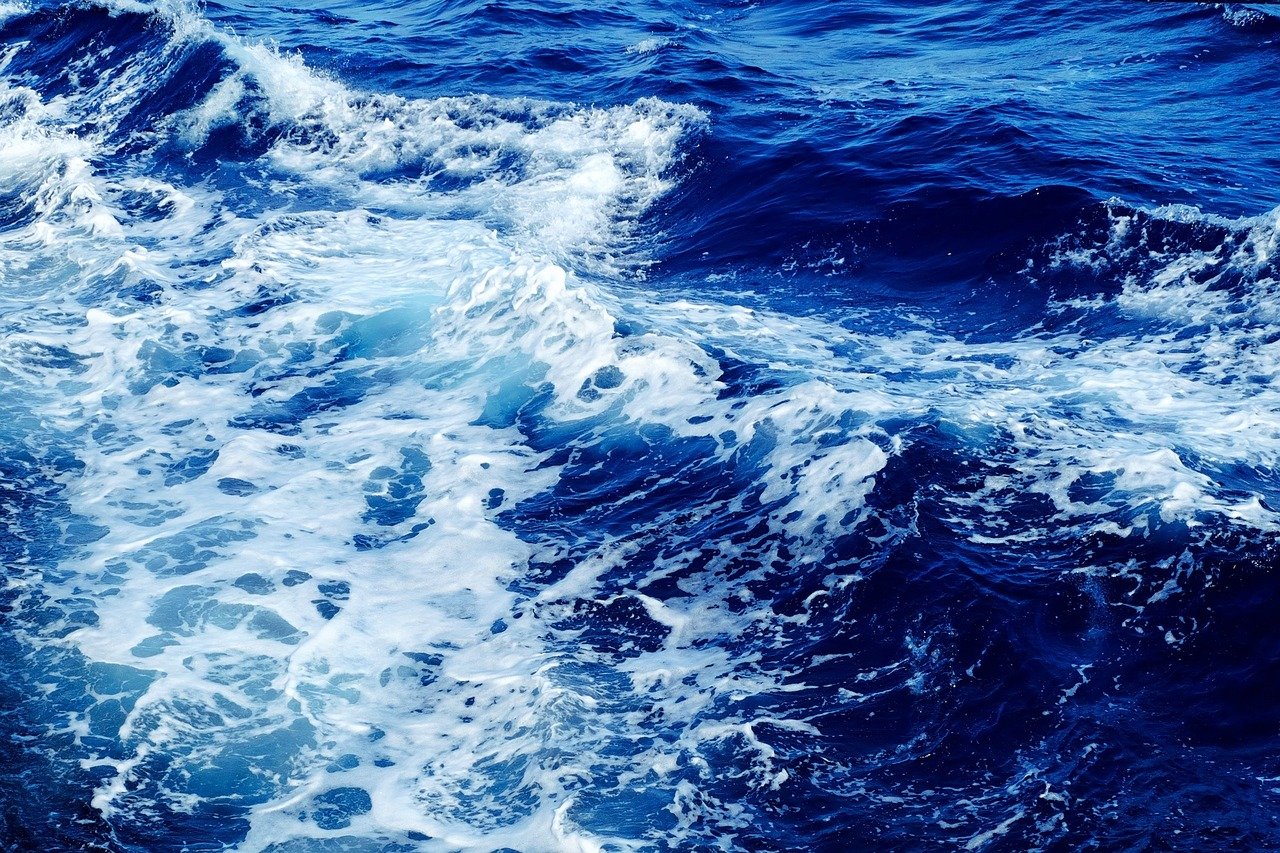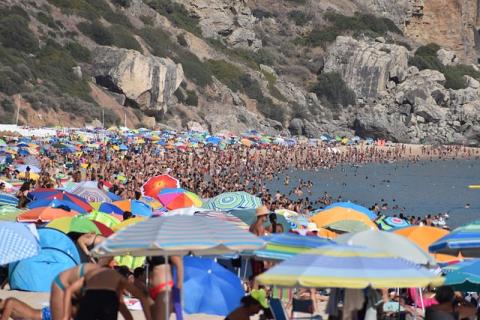Drowning in water is the third leading cause of unintentional injury death in the world and accounts for 7 % of all injury-related deaths. According to the World Health Organisation (WHO), 236,000 people worldwide die from drowning accidents every year. Although they occur in all countries, some are more vulnerable than others:
- 90 % of drowning deaths are concentrated in low- and middle-income countries.
- More than half occur in the Western Pacific and South-East Asia regions.
- Drowning death rates are highest in the Western Pacific region, where they are 27 and 32 times higher than in the UK and Germany, respectively.
The WHO says that global estimates may be underestimating the true magnitude of the problem (by as much as 50% in some cases) because "non-fatal drowning statistics are difficult or unreliable to obtain in many countries".
The data in Spain
The Real Federación Española de Salvamento y Socorrismo (Royal Spanish Lifesaving and Rescue Federation) counted a total of 260 drowning deaths in Spain in 2021. Fatal drownings decreased compared to 2020 in 14 autonomous communities and cities, but increased in four, such as the Balearic Islands, Extremadura, the Community of Madrid and Melilla.
This is the lowest figure in the last seven years, which means that, for the first time since the Royal Spanish Lifesaving and Rescue Federation produced the National Drowning Report in 2015, deaths in the aquatic environment fell below the barrier of 300 deaths. The Valencian Community was the community with the most deaths, followed by Andalusia, Catalonia and the Canary Islands.
In the first half of 2022 the figures have worsened. June was the second June with the most fatal drownings in the last eight years, according to the federation. In addition, deaths in Spanish aquatic areas in the first six months of the year increased by more than 55 % compared to 2021.
In terms of age, in the first six months of 2022, the age group with the highest number of fatalities was 55-64 years, followed by 35-44 years. Minors accounted for 13.5% of all deaths.
Risk profiles: minors and males
According to the WHO World report on drowning, age is one of the main risk factors. Globally, drowning rates are highest among children aged 1 to 4 years, followed by children aged 5 to 9 years. These events are often related to momentary lack of adult supervision.
For their part, males have an overall mortality rate twice that of females. The WHO cites studies that attribute these differences to greater exposure to water and riskier practices by males, such as swimming alone, sometimes after drinking alcohol, or boating.
In fact, alcohol is one of the main risk factors. Also, suffering from certain diseases such as epilepsy and not knowing the risks of the waters in which bathing takes place.
Another phenomenon closely linked to drowning is flooding. Floods account for 75% of deaths in these extreme events, which are more frequent and intense as a result of climate change.
Travelling in overloaded, unsafe and unsecured boats without safety equipment, which is common on journeys undertaken by migrants or asylum seekers, increases the risk of death from drowning. People living near water or working in rivers, seas or lakes are also more likely to suffer drowning.
Decalogue to prevent these deaths
The WHO published a report in 2016 to prevent these deaths with 10 recommendations:
- Install barriers to control access to water areas, especially for children.
- Create safe spaces away from water for pre-school children.
- Teach basic swimming, water safety and life-saving skills to school-age children.
- Train citizens in safe lifesaving and resuscitation techniques.
- Strengthen public awareness of the issue and highlight the vulnerability of children.
- Design and implement regulations for safe boating and water transport.
- Develop resilience and manage flood risks and other water-related hazards.
- Coordinate drowning prevention activities with those of other sectors and programmes.
- Develop a national water safety plan.
- Address priority research issues through targeted studies.




